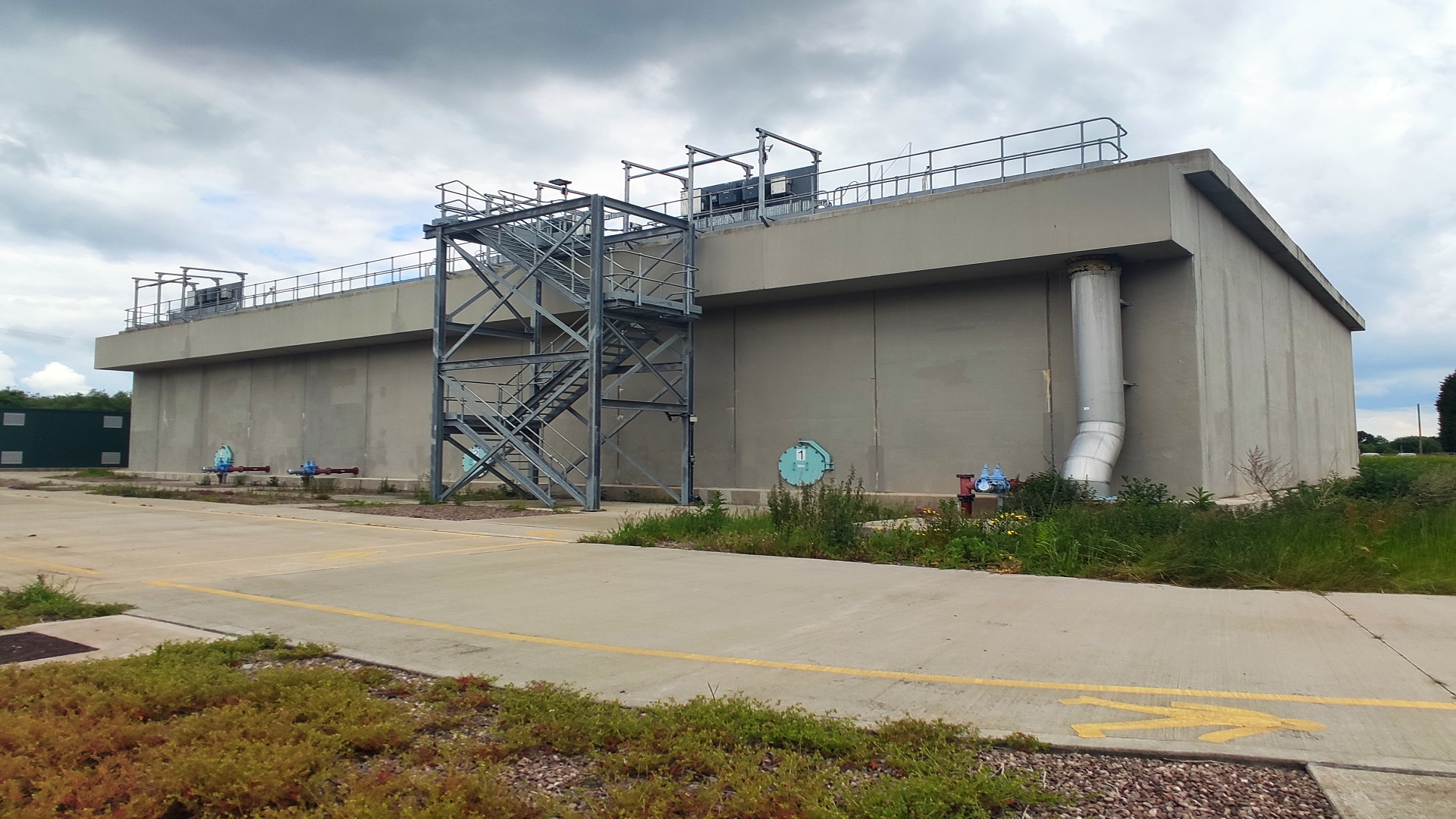16-07-2022
The Journey to Net Zero
Is Net Zero 2030 ruled by the head or the heart?

Ambition is a powerful and dangerous word. Ambition can drive change faster than logic, but often the heart overrules the head, running head down without watching where it is going.
The UK Water Industry’s plan for achieving Net Zero by 2030, 20 years before enforcement in 2050, is very ambitious. And it should be. A vital industry, we contribute up to 1% of national greenhouse gas (GHG) emissions. We have improved significantly over the last decade, reducing emissions by as much as 40%.
The UK Water Industry’s plan for achieving Net Zero by 2030, 20 years before enforcement in 2050, is very ambitious. And it should be. A vital industry, we contribute up to 1% of national greenhouse gas (GHG) emissions. We have improved significantly over the last decade, reducing emissions by as much as 40%.
Is Net Zero 2030 ruled by the head or the heart?
Ambition is a powerful and dangerous word. Ambition can drive change faster than logic, but often the heart overrules the head, running head down without watching where it is going.The UK Water Industry’s plan for achieving Net Zero by 2030, 20 years before enforcement in 2050, is very ambitious. And it should be. A vital industry, we contribute up to 1% of national greenhouse gas (GHG) emissions. We have improved significantly over the last decade, reducing emissions by as much as 40%.
Quick wins and long-term solutions
We’ve had the easy wins, and now the pressure is on. Climate change is upon us and undeniable, and the recent pandemic has cost us two of the 10 years we had to reach net zero. Several organisations, such as Water UK, have studied solutions and created plans to achieve our ambition. It is possible, it will make our industry more efficient and resilient, and will make our environment cleaner and safer to live in. Few argue against this, but how we do it is a concern. Do we succumb to ambition and race towards the target date instead of the best possible answers? Do we succeed now only to fail later?Delivery, but at what cost?
Pushing the current model to its maximum efficiency may well deliver by 2030, but at the cost of legacy assets that can do no more based on systems thinking still rooted in Bazalgette’s 1865 sewers and Ardern & Lockett’s 1914 activated sludge process. Doing the same but better may achieve our ambitions, but we are building a better cul-de-sac, and those great innovators would likely weep at our lack of inventiveness.It is undeniable that electric cars will reduce emissions but working close to or at home and creating more efficient public transport will reduce them by more – and improve quality of life. In the same vein, building large, centralised treatment processes that reduce emissions and produce green energy has its place. However, more can be achieved by stopping rainwater from mixing with wastewater in the first place. This can be achieved by decentralising and treating waste where the waste is produced, using truly innovative solutions at scale that uses nature to protect the natural environment.
So, what’s the answer
Nereda technology utilises a boosted natural system to not only remove pollutants but also create resources while reducing GHG emissions. Nereda Package and Mini Plants can be installed locally to manage populations as small as 300 pe in a package only requiring standard screening to produce treated effluent for discharge. Alongside smaller, nature-based solutions, where land is freely available and geography allows, we can stop pumping significant volumes of dilute waste through carbon-intensive concrete and steel pipes to be treated using large carbon-intensive processes that emit significant nitrous oxide volumes.Now that’s what we'd call ambition.